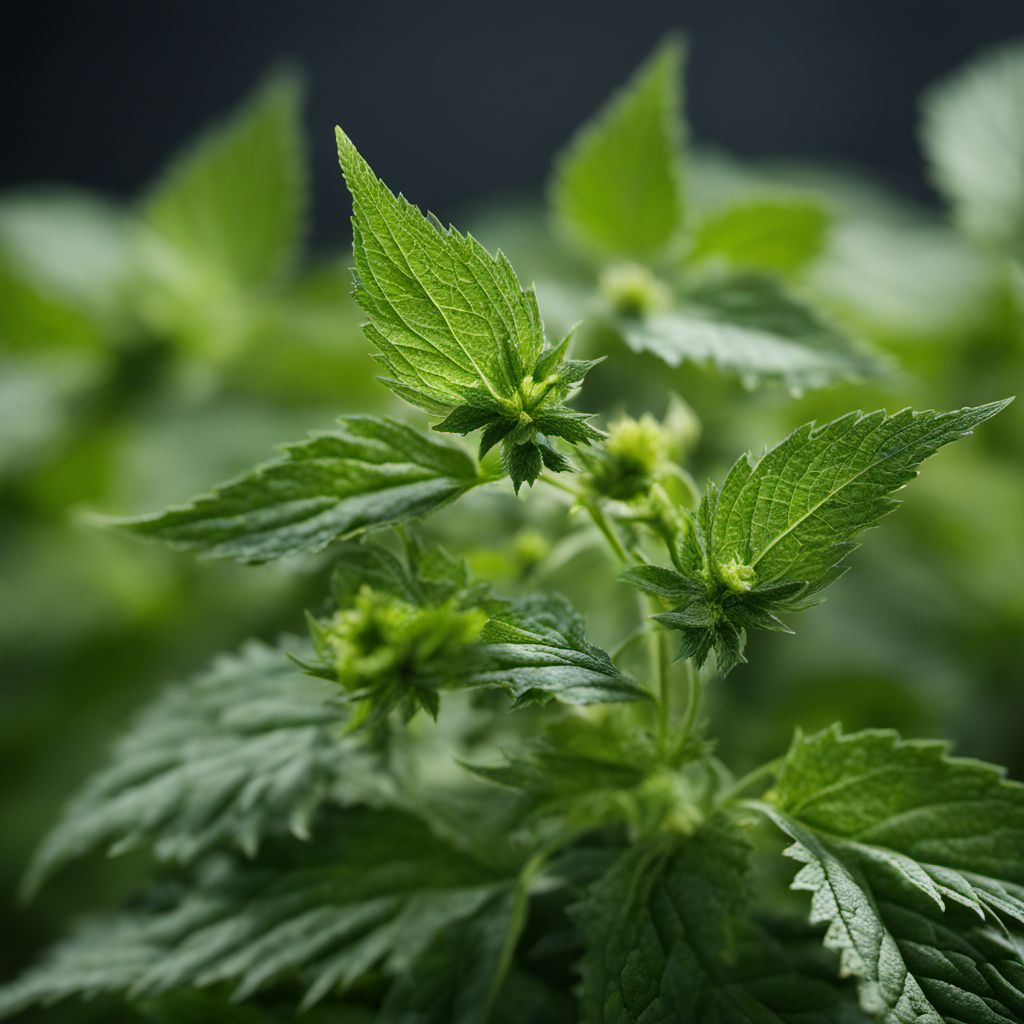
Ingredient
Other urtica species
The Hidden Gems of Urtica: Exploring Lesser-Known Species
Other Urtica species, such as Urtica dioica subsp. gracilis and Urtica urens, share similar characteristics with stinging nettle. These leafy greens boast a vibrant green color, serrated edges, and tiny hairs that can cause a stinging sensation when touched. However, their flavor is milder and less earthy compared to stinging nettle, making them versatile for various culinary applications. The tender leaves have a delicate texture, and when cooked, they wilt and soften, becoming a delightful addition to soups, stews, and stir-fries.
Origins and history
Other Urtica species have a rich history dating back centuries. They have been used in traditional medicine and cuisine in different cultures around the world. For example, Urtica urens, commonly known as dwarf nettle, has been used in European folk medicine for its diuretic and anti-inflammatory properties. These species have also been foraged and consumed as a nutritious wild green in many regions.
Nutritional information
Packed with essential nutrients, Other Urtica species are a great addition to a healthy diet. They are rich in vitamins A, C, and K, as well as minerals like iron, calcium, and magnesium.
Allergens
Individuals with allergies to stinging nettle should exercise caution when consuming Other Urtica species, as they belong to the same botanical family and may trigger similar allergic reactions.
How to select
When selecting Other Urtica species, look for vibrant green leaves that are free from wilting or yellowing. Avoid leaves with signs of insect damage or discoloration.
Storage recommendations
To maintain freshness, store Other Urtica species in a plastic bag or container lined with a damp paper towel in the refrigerator. They can stay fresh for up to a week.
How to produce
Amateur gardeners can grow Other Urtica species by sowing seeds in well-drained soil with ample sunlight. Regular watering and occasional fertilization will help them thrive.
Preparation tips
Before using Other Urtica species, blanch the leaves in boiling water for a minute to neutralize the stinging hairs. Then, they can be sautéed, steamed, or added to soups and sauces. Remember to handle them with gloves or tongs during preparation to avoid any stinging sensation.
Culinary uses
Other Urtica species can be used as a substitute for stinging nettle in various recipes. They can be incorporated into omelets, pasta dishes, pesto, or even used as a filling for savory pies and dumplings.
Availability
Other Urtica species are commonly available in regions with temperate climates, including Europe, North America, and parts of Asia.
More ingredients from this category

Aztec sweet herb
The Sweet Secret of the Aztecs

Stevia
The Sweet Secret of Stevia

Tarragon
The Herb of Elegance

Epazote
The Magical Herb: Unveiling the Secrets of Epazote

Hyssop
Hyssop: Unveiling the Herbal Elixir of Ancient Times

Mexican oregano
The Flavorful Herb

Lemongrass
The Zesty Herb

Common nettle
The Nutritional Powerhouse

Russian tarragon
The Herbaceous Elegance